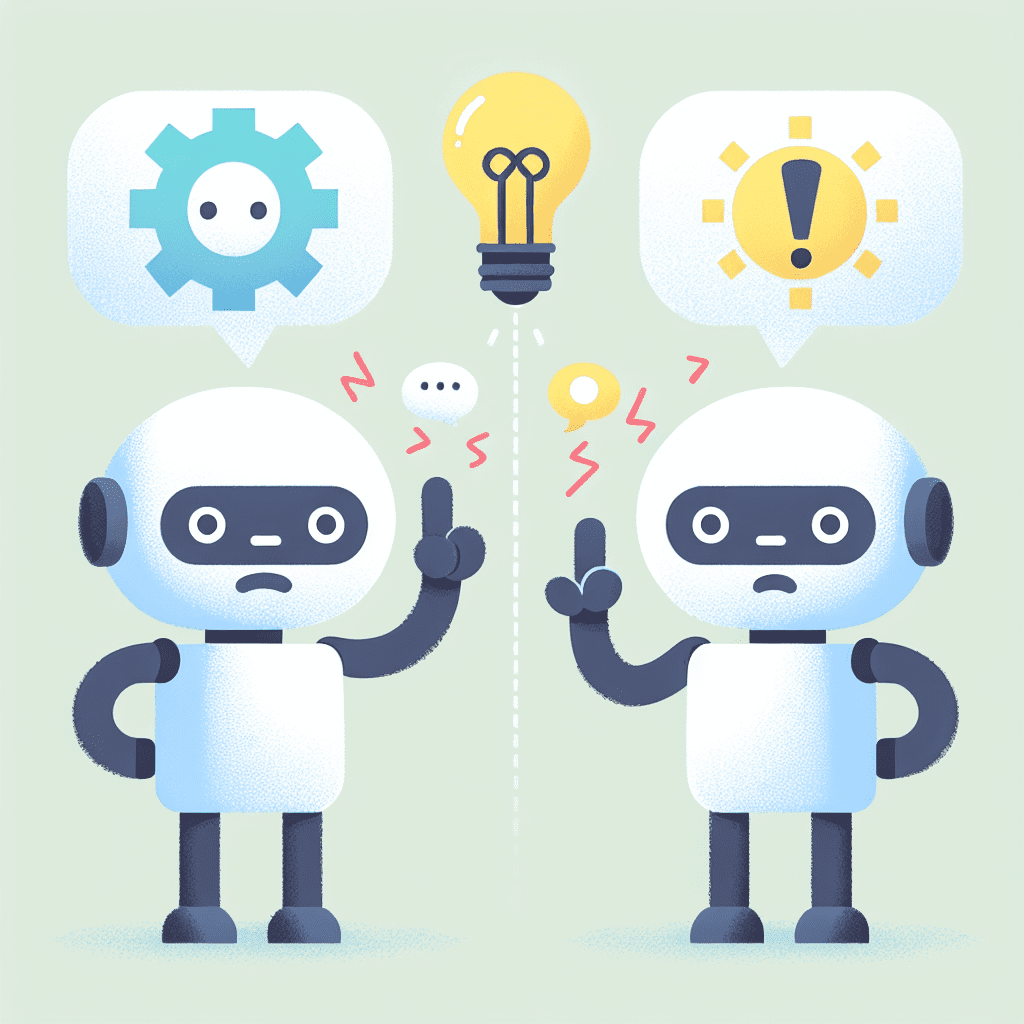You know that feeling when you ask a chatbot a simple question, and it responds like it’s been hit in the head with a frying pan? You say, “I need help with my order,” and it replies, “I’m a banana.” Okay, maybe not literally, but close enough. It’s frustrating, and frankly, a little embarrassing—for the bot and the brand behind it.
Turns out, there’s a reason so many business chatbots sound like confused toddlers with memory loss. According to Gartner, 70 percent of chatbot deployments flop because they can’t deliver a decent user experience or meaningful results. That’s not a small number; that’s a facepalm-worthy majority.
So, what’s the real problem?
They don’t get it. Literally. Most chatbots lack contextual understanding. They can’t follow a conversation, they don’t remember what you said two sentences ago, and they absolutely cannot handle nuance. The second a user colors outside the lines of a prewritten script, the bot short-circuits. It loops, stalls, or spits out something generic and unhelpful. Basically, it gives up.
And here’s the kicker: it’s not even the AI’s fault; it’s how the thing was built.
Most bots are stuck in the past, running on rigid decision trees or keyword-based logic. They’re rule-followers, not thinkers. Even the ones using older NLP tech struggle with anything more complex than “What are your hours?” They miss sarcasm, misunderstand phrasing, and flub multi-step conversations. They’re like interns who only read the first line of your email.
So how do we fix this?
Glad you asked.
At Perfect Sites, we don’t just slap a chatbot on your site and hope for the best. We build smart ones—ones that can actually hold a conversation. We use context-aware AI models built on transformer architecture. It’s the same tech behind GPT-4 and Google’s PaLM 2. These models are famously good at understanding intent, maintaining the thread of a conversation, and sounding a little less robotic than your average IVR menu.
But tech alone doesn’t cut it. It’s how you use it. Here’s how we make sure our bots don’t fall into the same traps everyone else does:
First, we give them memory. Not the goldfish kind. Real, contextual memory that helps them remember what the user said earlier in the conversation. We embed persistent memory layers that let the bot refer back to previous messages, follow up naturally, and keep the flow going. It’s like talking to someone who actually listens.
Then there’s intent detection. Instead of relying on keywords like “refund” or “support,” we fine-tune large language models on data that actually matters to your business. That means your bot doesn’t just recognize the words; it understands what the user is really asking—even if they say it in a roundabout or weirdly human way.
Now, here’s where it gets interesting.
We don’t treat chatbot learning like a one-and-done training session. Our bots are designed to keep learning. They’re wired with feedback loops that track failed interactions, analyze behavior, and adjust accordingly. It’s a bit like coaching. Every time they mess up, they get a little smarter. Every awkward exchange becomes a
lesson.
Of course, even the best bots hit a wall sometimes. That’s why we build in graceful human handoffs. If the bot senses it’s out of its depth, it doesn’t spiral into nonsense; it hands off to a real human, passing along the chat history and context so the user doesn’t have to start from scratch. No “Can you repeat that?” nonsense.
We also wire them into knowledge graphs and proprietary data sources. That way, when the bot gives an answer, it’s not guessing; it’s pulling from real-time, accurate information. Context matters, but so does truth.
And the results? They speak for themselves.
One of our B2B SaaS clients saw a 43 percent bump in qualified leads after launching their new chatbot. Support tickets dropped by nearly a third. Even better, user satisfaction scores jumped 35 percent. That wasn’t just a win for the bot; it transformed the entire customer experience.
So, why do most business chatbots fail? Because they’re built like vending machines: rigid, reactive, and easily jammed. We build ours like conversation partners—smart, responsive, and just human enough to not make you want to throw your laptop.
The future of chatbots isn’t about more features; it’s about better understanding. And that’s what we’re building, one conversation at a time.
Thanks for reading.
We’ll be back soon with more futuristic ideas.
Until then, keep building.
– Perfect Sites Blog

